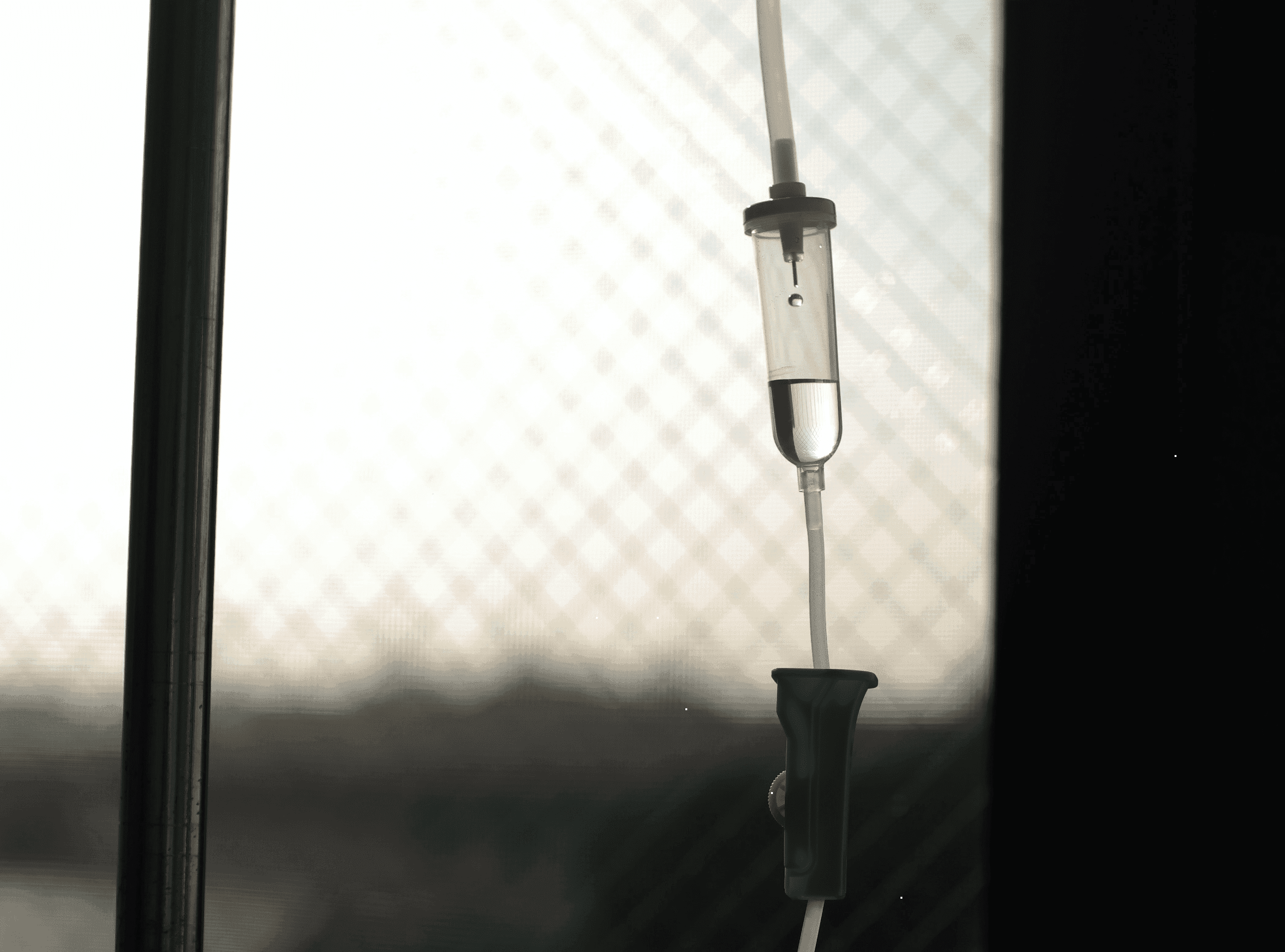IV Line Allegedly Caused Severe Nerve Damage
The expert witness claims the appropriate intervention is to remove the needle immediately if the patient complains of an electric shock-type sensation going down his or her hand.
This case involves a forty-two-year-old woman who complained of severe shooting pain down her forearm after a nurse placed an IV line in her wrist. The patient continued to complain of persistent pain. She asked the nursing staff to remove the IV, but they did not comply. The patient now suffers permanent damage to the median nerve. The nerve damage has not been resolved with electric stimulation hand therapy.
Question(s) For Expert Witness
Have you seen this before in your practice and, if so, how can this be avoided?
Expert Witness Response E-004540
 If a patient complains of an electric shock-type sensation radiating down into his or her hand as the needle is being inserted, the appropriate intervention is to remove the needle immediately. The outcome will be minimal nerve damage without permanent injury. If the nurse continues to advance the needle farther into the nerve, however, a permanent, progressive, and painful disability resulting in reflex sympathetic dystrophy (RSD) or complex regional pain syndrome (CRPS) can result. Patient symptoms can include a mottled and cold hand and forearm, hypersensitivity to temperature changes, excessive nail and hair growth, and the inability to lift heavy objects. CRPS is diagnosed by patient history and nerve conduction studies. Treatment options include long-term pain control with narcotics, multiple nerve blocks, and even implanted morphine pumps, as well as splints, casts, and TENS (transcutaneous electrical nerve stimulation) units. Best practice mandates nurses avoid areas of high-risk nerve injury by using landmarking techniques. The three-inch area above the thumb and the three-inch area on the inner aspect of the wrist should always be avoided since the radial and median nerves can be superficial in these areas. The risk of permanent nerve injury outweighs the benefit of IV insertion in these areas.
If a patient complains of an electric shock-type sensation radiating down into his or her hand as the needle is being inserted, the appropriate intervention is to remove the needle immediately. The outcome will be minimal nerve damage without permanent injury. If the nurse continues to advance the needle farther into the nerve, however, a permanent, progressive, and painful disability resulting in reflex sympathetic dystrophy (RSD) or complex regional pain syndrome (CRPS) can result. Patient symptoms can include a mottled and cold hand and forearm, hypersensitivity to temperature changes, excessive nail and hair growth, and the inability to lift heavy objects. CRPS is diagnosed by patient history and nerve conduction studies. Treatment options include long-term pain control with narcotics, multiple nerve blocks, and even implanted morphine pumps, as well as splints, casts, and TENS (transcutaneous electrical nerve stimulation) units. Best practice mandates nurses avoid areas of high-risk nerve injury by using landmarking techniques. The three-inch area above the thumb and the three-inch area on the inner aspect of the wrist should always be avoided since the radial and median nerves can be superficial in these areas. The risk of permanent nerve injury outweighs the benefit of IV insertion in these areas.
About the author
Michael Talve, CEO
Michael Talve stands at the forefront of legal innovation as the CEO and Managing Director of Expert Institute. Under his leadership, the Expert Institute has established itself as a vital player in the legal technology arena, revolutionizing how lawyers connect with world-class experts and access advanced legal technology. Michael's role involves not only steering the company's strategic direction but also ensuring the delivery of unparalleled intelligence and cutting-edge solutions to legal professionals. His work at Expert Institute has been instrumental in enhancing the capabilities of attorneys in case preparation and execution, making a significant impact on the legal industry's approach to expert consultation and technological integration. Michael's vision and execution have positioned the Expert Institute as a key facilitator in the intersection of law and technology.
Find an expert witness near you
What State is your case in?
Subscribe to our newsletter
Join our newsletter to stay up to date on legal news, insights and product updates from Expert Institute.



